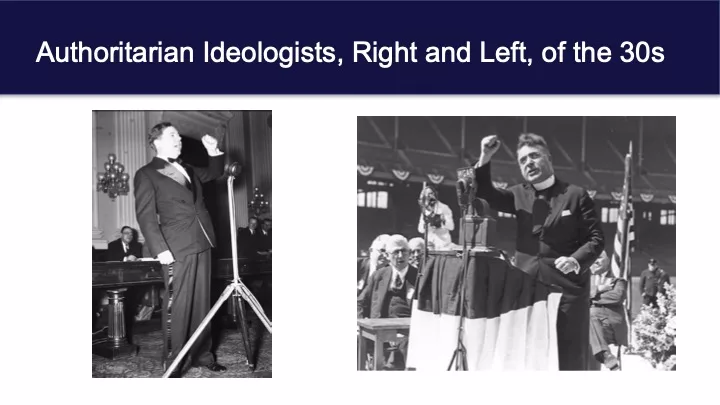
RMA Presents: “How Public Sentiment is Formed”
The 1930s was a critical decade in American history, during which President Franklin Roosevelt used the new power of radio to address the American “public” as a coherent entity for the first time. Pollsters such as George Gallup, Sr. and Elmo Roper developed statistically valid sampling methods to measure the “vox populi,” the voice of the people. Populists such as Huey Long and Father Coughlin also gained influence, spurring the growth of intolerance and conspiracy theories, a precursor to the troubled politics of today.


